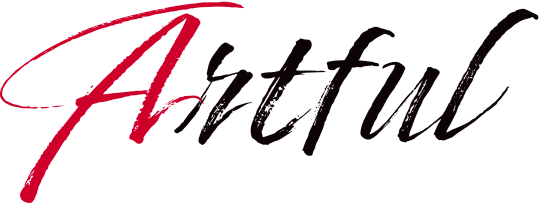This article has been condensed and edited from Artful's invitation-only event with Rafael Lozano-Hemmer on July 30, 2020, conducted via videoconference and hosted by our Chief Curator Matthew Israel. To learn more about our program of digital events, "Artful Anywhere," sign up for our newsletter.
"Most of my works are incomplete and out of control," says Rafael Lozano-Hemmer. "It is the public that completes them." That idea might seem anathema in the age of social distancing, but Lozano-Hemmer, a BAFTA award-winning media artist, has developed clever ways of using technology to make art that is safely—and profoundly—interactive. At the residency/exhibition he has just opened in his home base of Montreal ( "Cercanía," at Arsenal Contemporary Art), robotic lights and sounds respond instantly to the presence of visitors, no touchscreens or headphones required. "Cercanía is a Spanish term for proximity, which is a word that has other meanings," he says. "It also means intimacy, complicity, a kind of relationship that goes beyond physical presence."
As part of Artful's "Artful Anywhere" series of virtual events, Lozano-Hemmer recently conducted a private virtual tour of his installations in the Arsenal's 23,000 square-foot space. Below, he discusses three of the most complex and powerful works from "Cercanía."
Sustained Coincidence
I'm very inspired by phantasmagoria and the use of shadow as some kind of "otherness." For example, in director F. W. Murnau's use of the shadow there's this sense of the monstrous, the subconscious. But there are many other interpretations of the shadow. There's a beautiful book that I recommend by the art historian Victor Stoichita, Short History of the Shadow. It talks about the shadow in early Greek culture, how painting is invented by a woman who wants to capture the presence of her lover before he goes to war. She traces his shadow, and the Greeks say that this is the beginning of painting. So the idea of representation is very much entwined with the idea of capturing this fleeting presence that follows us everywhere.
In this installation, as I move in the room the computer knows where I am and it turns on the right light for my shadow to always be positioned in the center of the room. What's interesting about this system is that if someone else enters the room, the shadows overlap despite social distancing. The effect can be quite violent—you don't know this other person, but you're kind of on top of them—or it can be quite playful.
Encode/Decode
This 90-meter-long projection shows hundreds of thousands of letters written by Stuart Hall. Hall was an important Black activist and post-colonial theorist, a Jamaican-British philosopher who in the 1970s gave us very good definitions of and toolkits against fake news. We have taken his theories on the encoding and decoding of messages and projected them in a fluid animation. As you walk around, you can see that the system accommodates your movements. Letters come together to create readable citations of the book.
Hall's widow gave us access to all of his work, and let us donate part of the proceeds from the sale of this piece to Black Lives Matter. Often in my studio we try to have the production of new ideas and works have social tie-ins, because we believe in the artist as citizen. If you sat here with a lot of time, you would be able to read the entirety of Stuart Hall's work. Most people will just be attracted by the look of the animated wallpaper, but I'm hoping those who are interested will actually discover Hall. I think of art as a little seed that may germinate depending on who is viewing it.
Field Atmosphonia
This piece consists of 2,300 different archived sounds—field recordings. It has an equal number of loudspeakers, each of which is playing a different sound at a different time. We have birds, insects, gongs and bells and metronomes and the voices of air traffic controllers. We think of the sound channels in comparison to screens. If you take a magnifying glass to the screen of your tv, you see pixels. If you take a single pixel by itself it's just a flashing light, but together with its neighbors it actually forms an image. We wanted to consider what would happen if we could have speakers as pixels, where thousands of simultaneous sound channels could create an emergent cacophony which would be grander or different than the individual parts. This piece is kind of an illustration of that. It's cacophonous, but at the same time there's this polpyhony and overlap of sounds. It's extremely interesting to see the complexity of sounds when there are so many sources.
I was inspired by the idea that the atmosphere is not neutral--it has recordings of everything that has happened in the past. This is an idea from Charles Babbage, the inventor of the computer, who said that as we speak we create a turbulence in the air. He wondered, if we had a very sophisticated computer to rewind the motion of each atom could we recreate the voices of everyone who has spoken in the past? To Babbage, the atmosphere was a vast library. You would be able to hear the sounds of your long-lost relatives, or find evidence of wrongdoing. He talked about how slaveowners were getting away with murder, but all of their deeds were being recorded by the atmosphere and one day we'd be able to extract these sounds and take them to trial. So it was a really interesting idea, which I wanted to somehow make tangible. What would happen if we could hear all the sounds of the past?


